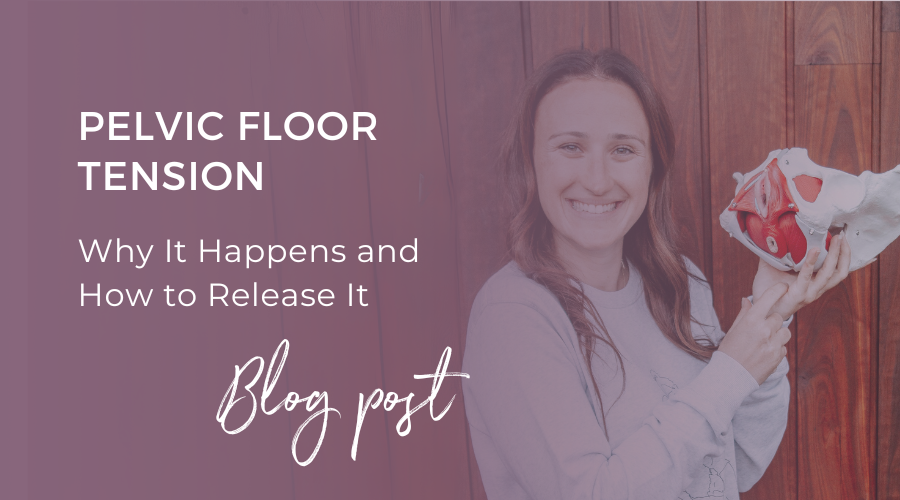Vulva vs Vagina: parts of the external genitals explained
A UK survey identified that just over half of the women aged 26-35 were able to accurately label the vulva. It’s the old vulva vs vagina conundrum: which part is the vagina and which part is the vulva? Let’s take a somewhat overdue anatomy lesson…
So, what is a vulva?
Firstly, if you don’t know, don’t feel silly. It’s not your fault. The education around genitalia is dismal. For some reason, we’re made to feel embarrassed. We’re encouraged to refer to our vulvas as ‘lady parts’, ‘private parts’ or ‘down there.’
Most people have never sat down and learnt the correct parts of the external genitals. The majority of us have been referring to our vulvas as our vaginas our entire lives. Never fear though, B is here (and I went through working as a midwife and got to the ripe old age of 32 before I knew the difference!), it’s not too late to learn.
Vulva vs Vagina: So, where is the actual vagina then?
So, if like close to 50% of women, you’ve been referring to your vulva as your vagina, it probably makes sense that I explain the exact location of said vagina.
The vagina is the tube from the vaginal opening (introitus) to your cervix. It’s where things go in and go out for both pleasure and for birth. It’s also where you menstruate from (which you’re meant to do every month, so please stop skipping your periods and check out this epic book “Beyond the Pill’ by Jolene Brighton).

Diagram of the vulva

Not pictured:
Rugae: the series of ridges present in the walls of the vagina. Those folds allow for incredible vaginal expansion. You’ll feel them as ridged, bumpy tissue. Rugae are often absent or lessened when prolapse is present. The presence or absence of rugae is suggested to differentiate the specific site of the defect in POP. Sagging lateral vaginal sulci in the presence of anterior wall rugae suggest a paravaginal defect or loss of lateral support. On the other hand, a central bulge with loss of vaginal rugae suggests a midline or central defect.
The urethra: a fibromuscular tube that conducts urine from the bladder to the exterior. In females, it’s about 4 cm in length and 6mm in diameter and fused with the anterior wall of the vagina. The hole through which urine passes through is called the urethral meatus.
GH + PB: It’s possible you’ve heard the equation “gh+pb” but weren’t quite sure to what that referred to. The acronyms stand for “genital hiatus” and “perineal body,” and they’re measurements that are part of the POP-Q, a standardized assessment tool for quantifying POP.
The genital hiatus (GH) is measured from the middle of the external urethral meatus to the posterior margin of the hymen (the part right before the perineum).
The perineal body (PB) is measured from the posterior margin of the hymen to the mid‐anal opening. Increased GH measurements are associated with an increased risk of pelvic organ prolapse and levator muscle injury.
Want to know more about the clitoris? It’s much bigger than it looks and it’s pretty epic! Check out this post!
The vulva gallery: a couple of vulvas and their stories
Everyone’s vulva looks different. And it will change with pregnancy, childbirth and age. And that’s okay. Some people wish they had paid more attention to their vulva prior to having a child. It’s your body part, you own it. If you’d like to get to know it better, you can. All you need is a mirror.
The vulva gallery: pre-pregnancy unshaved vulva.

Getting to know your vulva and what the vulva looks like in real life can help you identify changes and if problems arise, seek help early. I often hear from women in the postpartum period and they are unsure if changes have occurred because they have never looked at their vulva previously. Therefore they don’t have a reference point of what their vulva looks like when it’s well and working functionally. A little tip here if I may, if something doesn’t feel right, it isn’t right you don’t need to see an issue for there to be one.
Your vulva is your own, and no one is here to tell you how to keep it. But it’s important to know that pubic hair does help protect your vulva and vagina. It can also give you a little more privacy during childbirth. I’m a big fan of the bush #BringBackTheBush
The vulva gallery: Shaven, post-baby vulva

The vulva of a 32-year-old mother of three. She had a 1st-degree tear from her first birth on her back. It took six months for sex to become comfortable again.
Her second birth was on all fours with only grazing. Her third birth was an epic water birth with only one minor graze.
She has a functional pelvic floor with no incontinence issues.
Why am I showing you real vulvas rather than a drawn diagram of the vulva?
Because vulvas don’t really look like the hairless, ‘neat’ image drawn in textbooks. And whilst they may be a ‘clearer’ image, I don’t want you to look at that kind of image, and then your own vulva and think there’s something wrong with you. Vulvas come in all different shapes, colours and sizes, including yours. Check out the vulva gallery below.
Want to know just how many different vulvas there are? We are all different and that’s the best part. check out Flip Through My Flaps where you can see heaps of different vulvas and appreciate just how awesomely different we all are.
So now everyone is on the same page when it comes to a vulva vs vagina
We’re all now aware of our vulva versus our vagina. And we know the parts of the vulva. So, in my next blog, we’re going to explore prolapse and what happens when our vulvas feel broken. Stay tuned!






